Comprehensive Bone Grafting and Jaw Preservation at Valley Oral Surgery in Livermore and Dublin, CA
Valley Oral Surgery offers advanced bone grafting techniques to rebuild jaw structure and support dental implants or dentures.
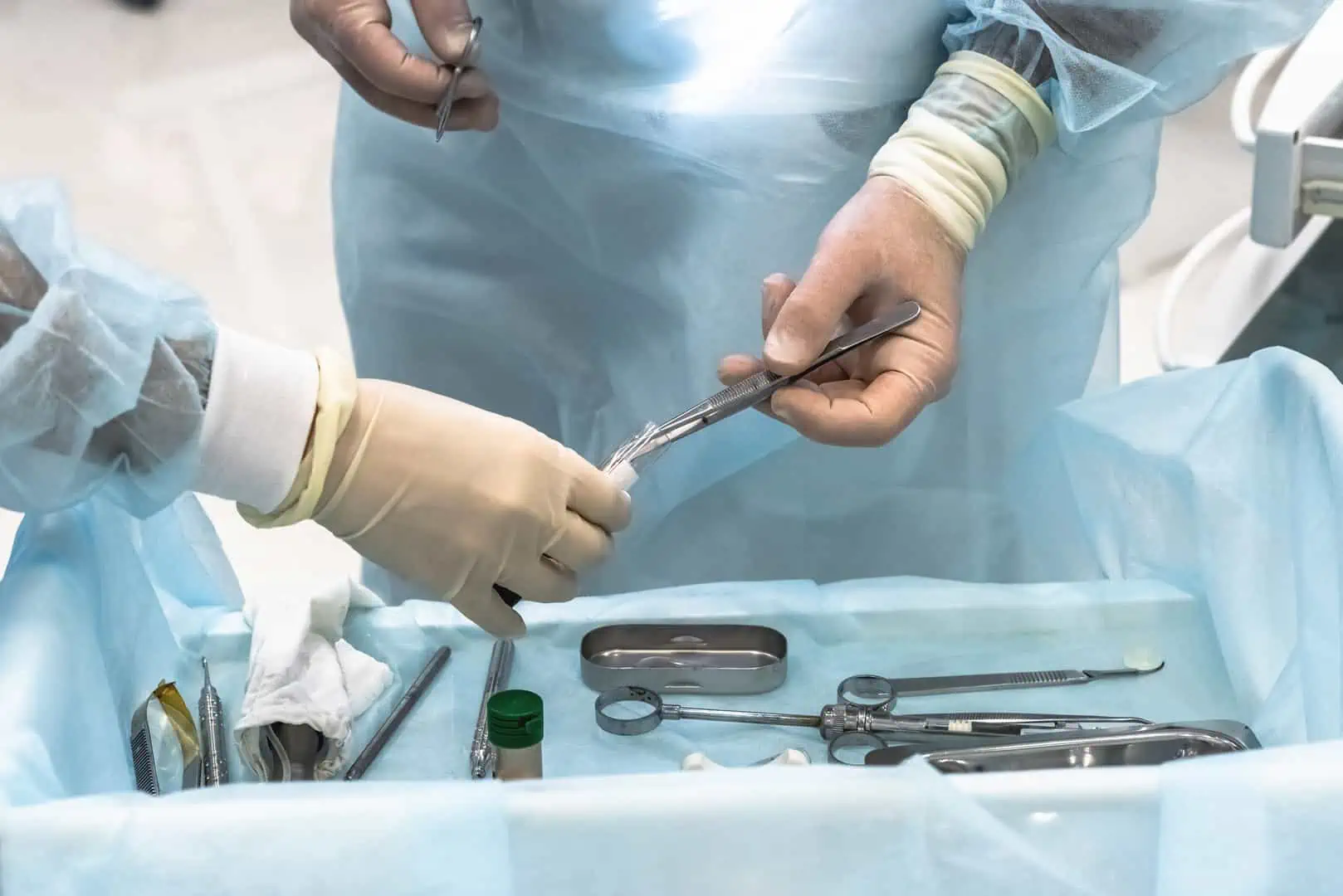
Why Bone Grafting Matters
Bone grafting is a surgical procedure used to restore or preserve bone in the jaw. After tooth loss, trauma, or infection, the jawbone can shrink or deteriorate — making it difficult to place dental implants or wear dentures securely.
At Valley Oral Surgery, our team uses advanced imaging and surgical techniques to rebuild lost bone and help patients qualify for future dental restoration.
Our Bone Grafting & Preservation Services
Valley Oral Surgery provides a full scope of bone regeneration procedures:
Ridge Augmentation
Ridge augmentation rebuilds a sunken or narrowed jaw ridge, creating the proper foundation for future dental implant placement or improving the fit and stability of prosthetic restorations.
Sinus Lift
A sinus lift elevates the sinus floor and adds bone to the upper jaw, creating the support needed for dental implants in the molar and premolar areas. Each case is carefully guided by 3D imaging to assess bone anatomy and plan graft placement with precision, ensuring both safety and long-term stability.
Socket Preservation
Socket preservation involves placing bone grafting material immediately after a tooth extraction to maintain the natural shape and volume of the socket. This helps preserve the jawbone for future dental implant placement and supports long-term oral health.
Understanding Jaw Bone Health
Your teeth and jawbone have a close relationship: the roots of natural teeth stimulate the jawbone, maintaining its shape and density. When a tooth is lost, that stimulation stops — and the surrounding bone begins to resorb (shrink) over time.
Other contributors to bone loss may include:
- Periodontal (gum) disease
- Tooth extraction without grafting
- Long-term denture use
- Facial trauma or jaw fractures
- Infections or cysts
Without adequate bone, patients may experience:
- Collapsed or sunken facial appearance
- Difficulty placing dental implants
- Poor fit or stability with dentures
- Shifting of adjacent teeth
We offer several jaw preservation options to address bone loss and maintain oral function.
Jawbone Loss and Deterioration: What You Need to Know
Jawbone deterioration is a gradual process that may go unnoticed until functional or cosmetic problems appear. Early signs and effects include:
- A visible indentation at the site of a missing tooth
- Changes in bite or jaw alignment
- Loosening of nearby teeth
- Denture instability
- Facial asymmetry or collapse of the cheeks
Preventive bone grafting at the time of tooth extraction can stop this process before it begins — while reconstructive bone grafting can restore lost volume for future implant placement.
What to Expect During the Procedure
Bone grafting is performed in-office under local anesthesia, with sedation options available for patient comfort. The process typically involves:
- Pre-op planning with imaging
- Placement of bone graft material into the prepared site
- Stabilization and suturing to promote healing
- Healing over 3–6 months as the graft integrates with your natural bone
In many cases, grafting is done in preparation for implants, while in others, it’s done preventively after extractions to avoid long-term bone loss.
Are You a Candidate for Bone Grafting?
You may benefit from bone grafting if:
- You’ve lost one or more teeth and are considering implants
- Your jawbone has resorbed from years of denture wear
- You were told you “don’t have enough bone” for implants
- You’re having a tooth extracted and want to preserve the bone
- You’ve experienced facial trauma or oral pathology affecting the jaw
We’ll perform a detailed exam and CBCT scan to determine which grafting approach is best for you.
Experienced Surgeons, Advanced Technology
Your procedure will be performed by one of our board-certified oral surgeons:
They have specialized training in facial anatomy, bone regeneration, and implant site preparation, using the latest biomaterials and techniques for predictable results.
FAQs: Bone Grafting & Jaw Preservation
Is bone grafting painful?
Most patients experience only mild soreness afterward. The procedure is performed under local anesthesia, with sedation available if needed.
How long does bone graft healing take?
Healing generally takes 3 to 6 months, depending on the site, graft type, and your overall health.
Can I get implants right after a bone graft?
In some cases, yes. Others may require a healing period before implants can be placed. We’ll assess the best timing during your consultation.
What is graft material made of?
Grafts may come from synthetic materials, donor tissue, or your own bone — all of which are biocompatible and safe.
Will insurance cover bone grafting?
Coverage varies. Some dental and medical plans provide benefits when grafting is medically necessary. Our team can help verify your coverage.
Lorem ipsum dolor sit amet, consectetur adipiscing elit. Suspendisse varius enim in eros elementum tristique. Duis cursus, mi quis viverra ornare, eros dolor interdum nulla, ut commodo diam libero vitae erat. Aenean faucibus nibh et justo cursus id rutrum lorem imperdiet. Nunc ut sem vitae risus tristique posuere.
Supporting Patients Across the Bay Area
With offices in Livermore and Dublin, we proudly serve patients from Pleasanton, Tracy, San Ramon, Fremont, Castro Valley, Hayward, and other East Bay communities. In addition, we work closely with referring dentists and implant providers throughout the region to ensure seamless, high-quality care for every patient.

